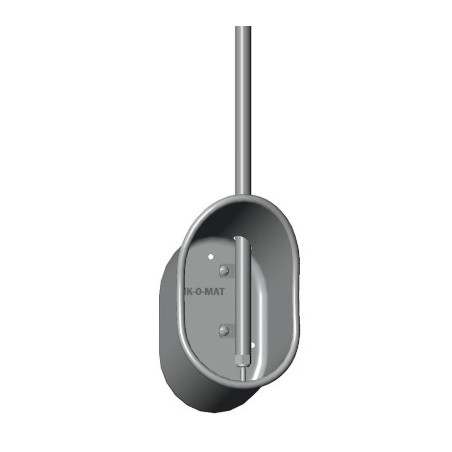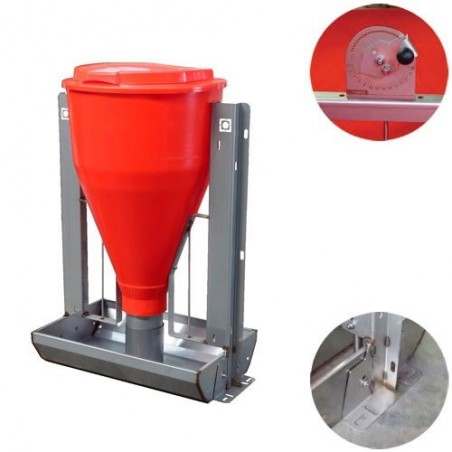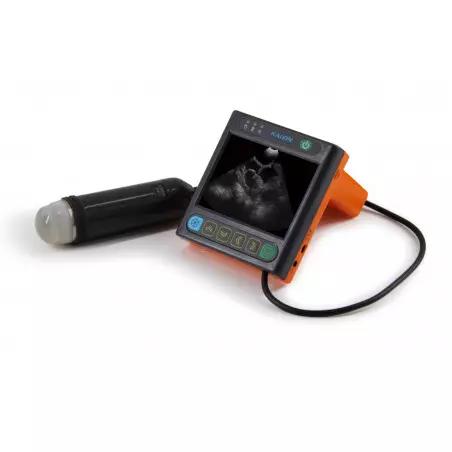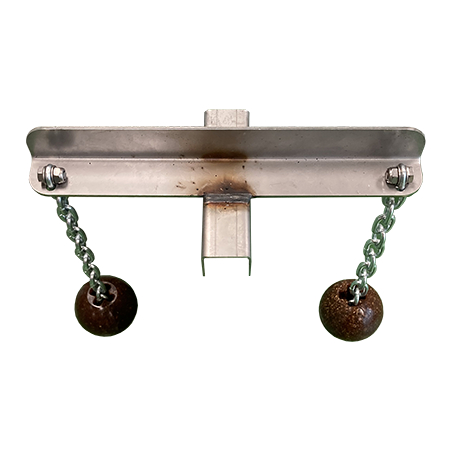The dietary inclusion of feed additives to improve carcass traits is of great importance in the pork industry. Ractopamine (RAC) is a feed additive that has the potential to improve the rate and efficiency of lean muscle growth. However, the use of this feed additive is being restricted for pig production. Therefore, there is an urge from pig producers to search for an alternative replacement, such as the dietary inclusion of conjugated linoleic acid (CLA) in finishing pigs, which has been reported to improve feed efficiency. Hence, the aim of the present study was to assess the effects of the dietary inclusion of RAC and CLA, individually or combined, on the performance and carcass traits of pigs genetically selected for high lean tissue yield meat in the last 26 days of the finishing phase. For that purpose, 810 commercial hybrid barrows (Pietran × Large White / Landrace), with 80 ± 5 kg BW and 123 ± 5 days of age, were used. Animals were distributed according to a randomized block design in a 3 × 3 factorial arrangement, with three RAC levels (0, 5 or 10 ppm) and three CLA levels (0%, 0.3% or 0.6%), totaling nine treatments with six replicates (pens) of 15 pigs each. The experiment was carried out for 26 days and on day 27 the pigs were slaughtered.
As a result, pigs fed with 5 ppm RAC had higher ADFI when compared with those fed 10 ppm RAC and the control diet. In contrast, lower ADFI values were observed for the diets containing CLA compared with the control diet. The ADG of the groups fed 5 and 10 ppm RAC diets was significantly higher than those fed the control diet. Moreover, dietary RAC levels influenced feed conversion ratio (FCR), which was reduced as RAC levels increased. FCR was also improved with the inclusion of 0.6% CLA when compared to the control group. There was a significant interaction between CLA × RAC levels for final BW, loin eye area (LEA) and back fat thickness (BT). The treatments containing 10 ppm RAC + 0.6% or 0.3% CLA increased LEA and reduced BT.

In conclusion, the inclusion of 10 ppm RAC increased the overall pig performance parameters and therefore improved production efficiency. As for the replacing RAC with CLA, the dietary inclusion of CLA at 0.3% improved the feed efficiency of finishing pigs, without affecting carcass traits, whereas CLA in combination with RAC showed higher LEA and lower BT.
Panisson, J. C., Maiorka, A., Oliveira, S. G., Saraiva, A., Duarte, M. S., Silva, K. F., Santos, E. V., Tolentino, R. L. S., Lopes, I. M. G., Guedes, L. L., M., & Silva, B. A. N. (2020). Effect of ractopamine and conjugated linoleic acid on performance of late finishing pigs. animal, 14(2), 277-284. https://doi.org/10.1017/S1751731119001708









